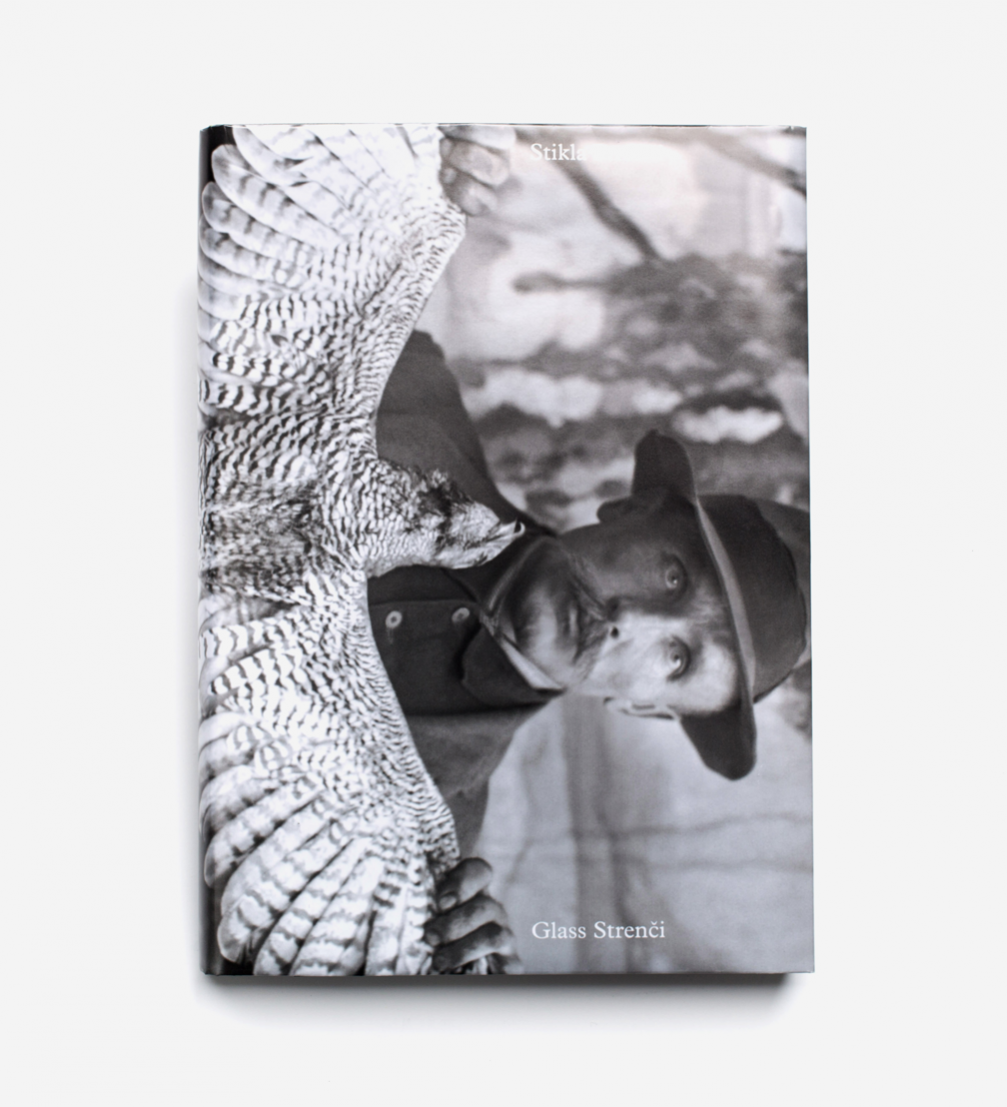
The artist collective «Orbita» has released a photo book in collaboration with the Latvian Museum of Photography. It contains unique documentation of a bygone era — well preserved glass photoplates that capture the everyday and festivities of the residents of Strenči in the interwar period.
The images used in the book were collected from the Strenči photography workshop archives, which are preserved in the Latvian Museum of Photography. There are nearly 13 thousand glass negatives from the Strenči photography workshop from over 40 years in the interwar period and the Soviet years. The work of the founder of the Strenči photography workshop Dāvis Spunde and his successors tells a story of technological progress that rapidly changed the lifestyle in the province.
The book «Glass Strenči» is important in the international context as well — it is perhaps the best known visual documentation of the European interwar period. The book contains 86 pictures, and the 200-page album displays the images in 48 x 33 centimetres. The glass negative technology allows a particularly high level of detail. The authors of these photos, in all likelihood, haven’t seen all the details, as back then photography was usually printed in contact form and somewhat smaller than a postcard.
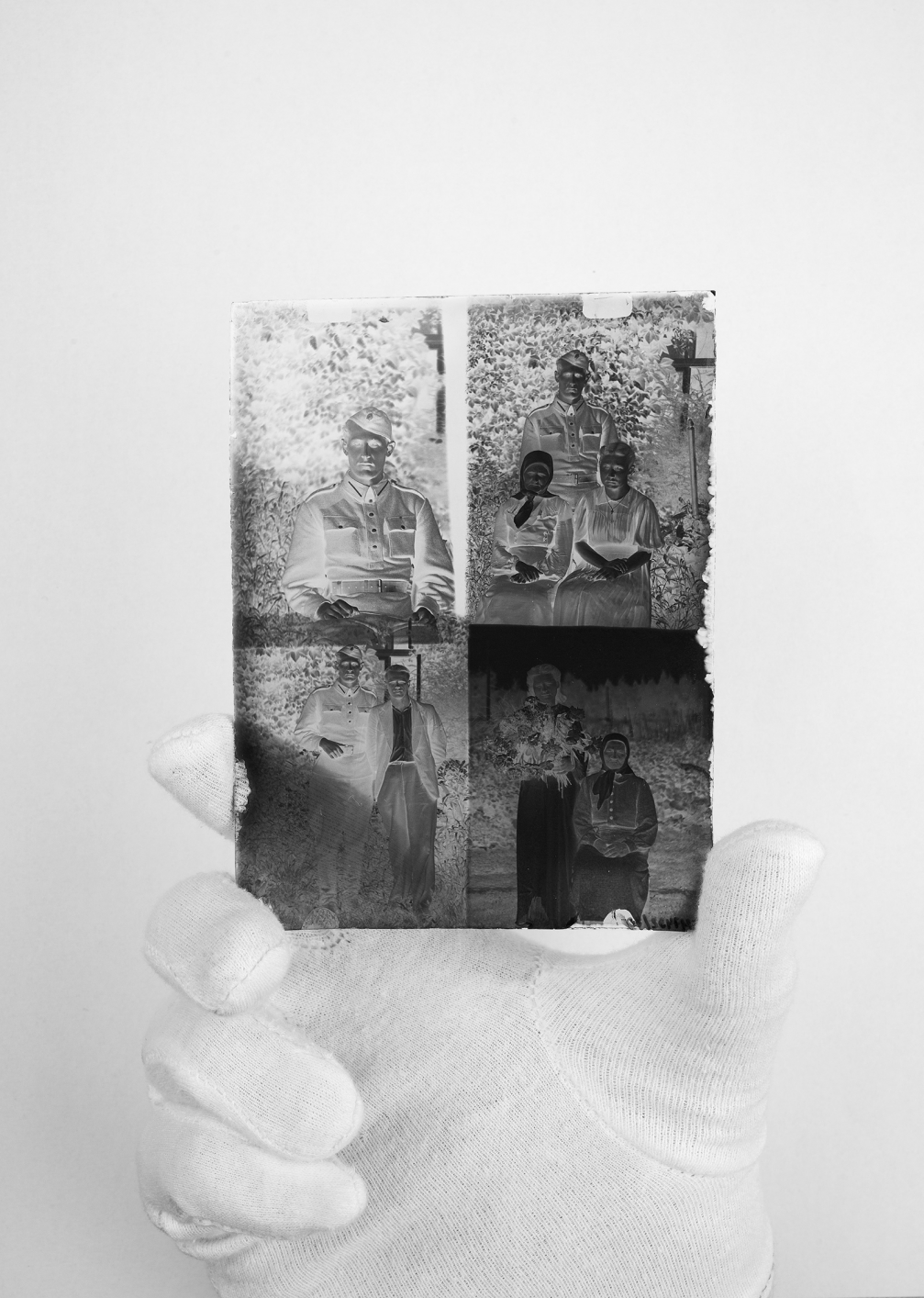
The book was created by editor Vladimirs Svetlovs, compiler Anna Volkova, historian Kirils Kobrins, and designer Aleksejs Muraško. «Glass Strenči» provides a contemporary perspective on archive photography, even though it contains historical documents. «The masters at the time viewed the future a certain way, and now it is combined with the modern perspective that is aware of the language of photography created at later periods and that has been affected by cinema,» Anna Volkova writes in the preface of the book.
The founder of the Strenči photography workshop Dāvis Spunde had said that he does photography for historical purposes. The documentation of almost every event is a form of memorising that is characteristic of modern times. The population of Strenči in the 1920s and 1930s was just a couple of thousand people. The historian Kirils Kobrins reckons that every resident of the town had the chance to be photographed multiple times.
The book «Glass Strenči» is available in the Latvian Museum of Photography and in the online store «Talka».
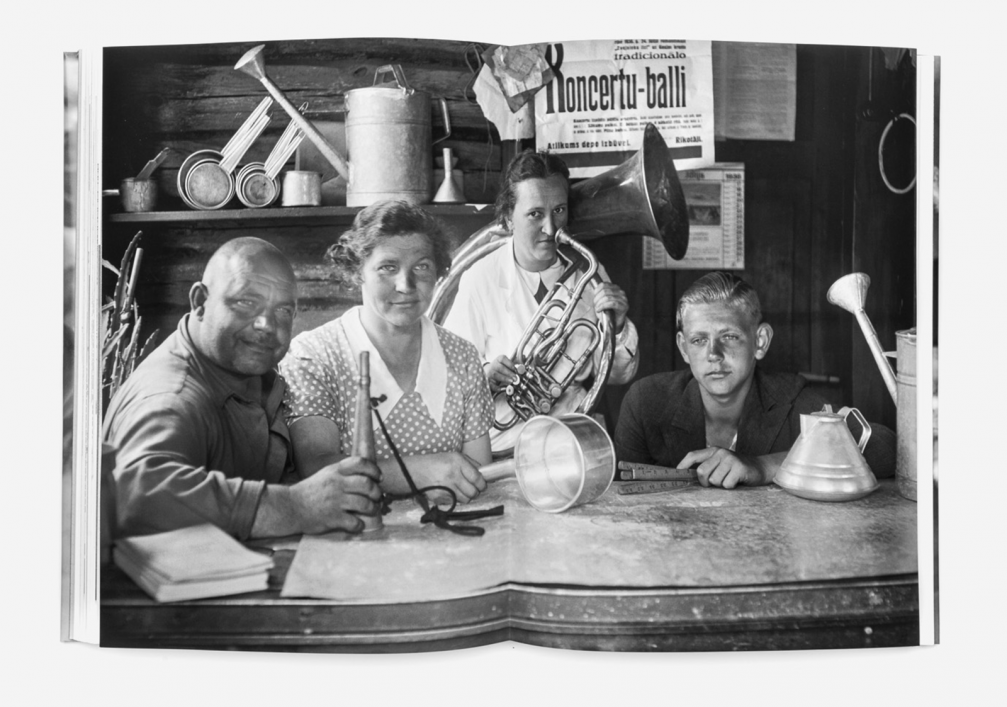
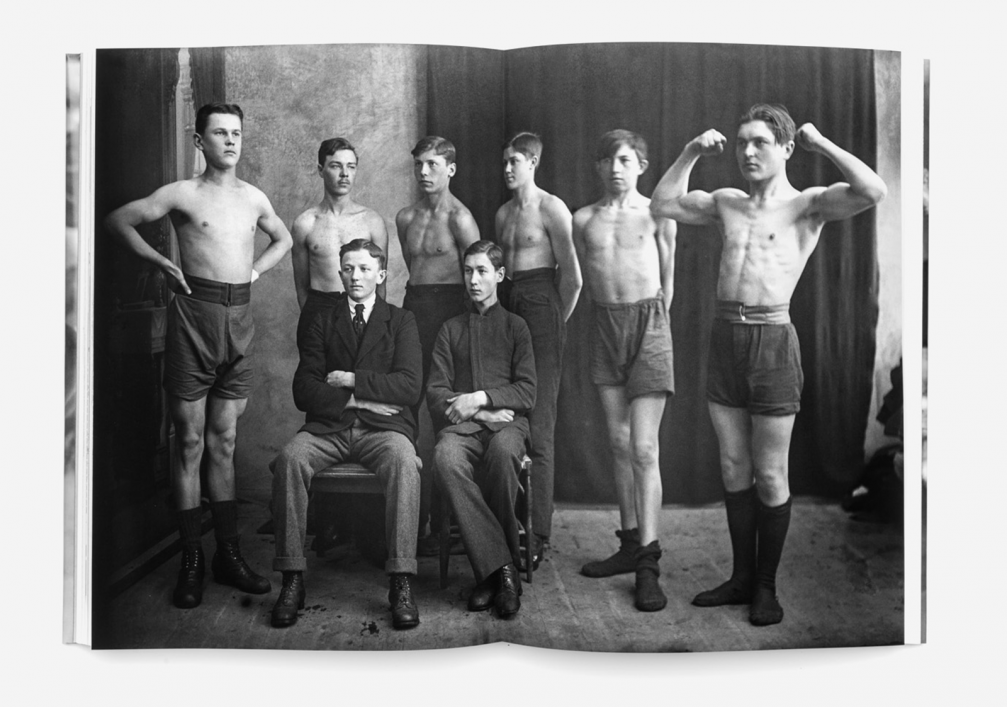
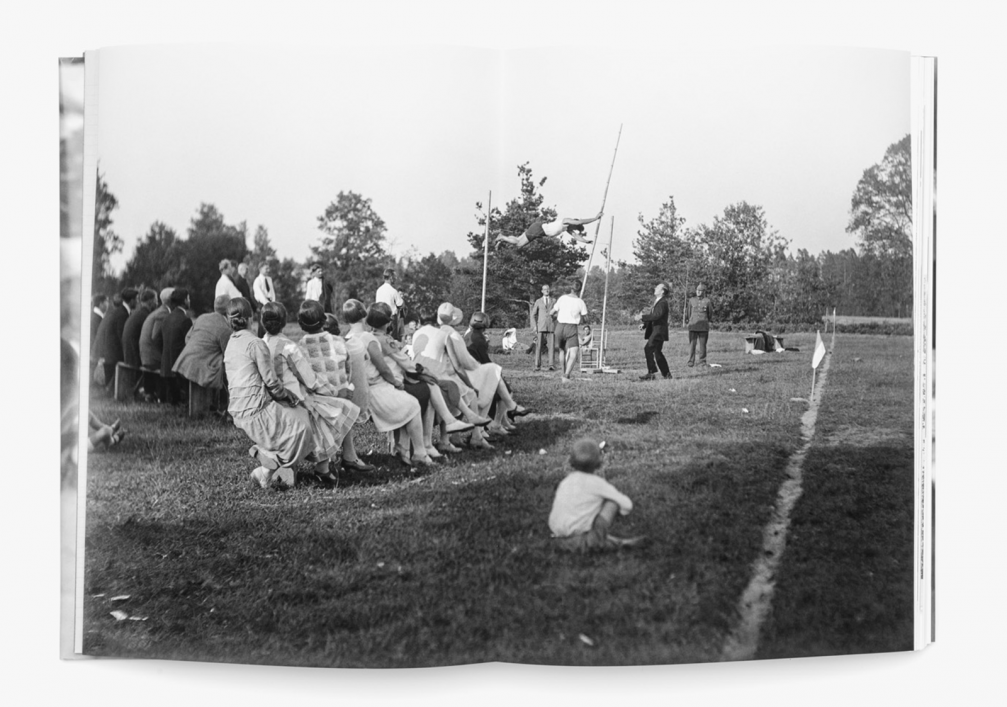
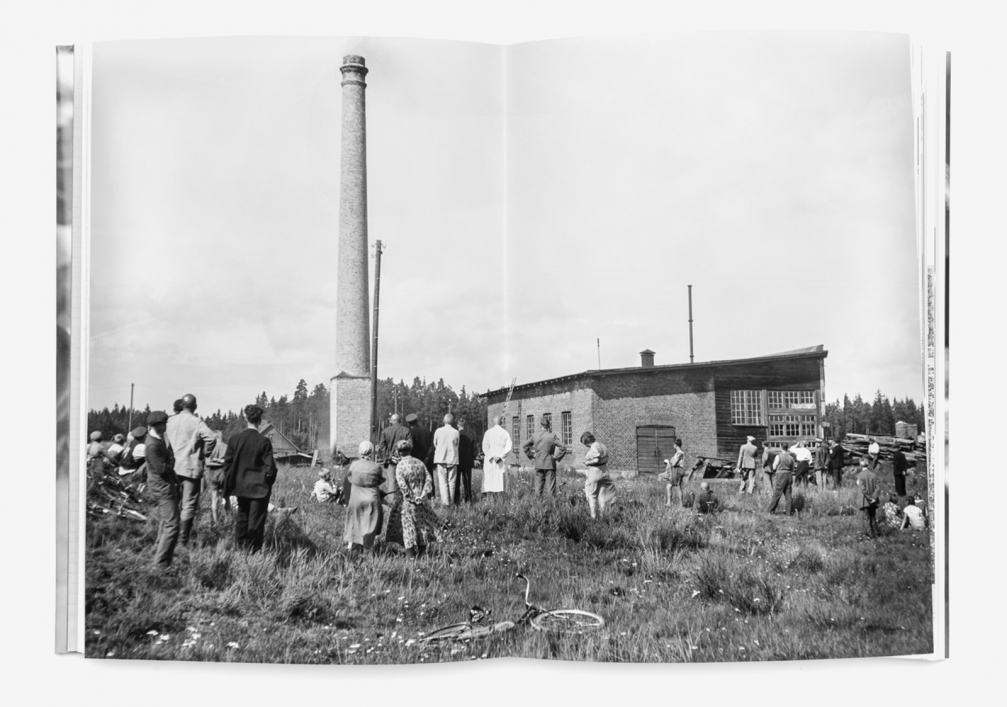
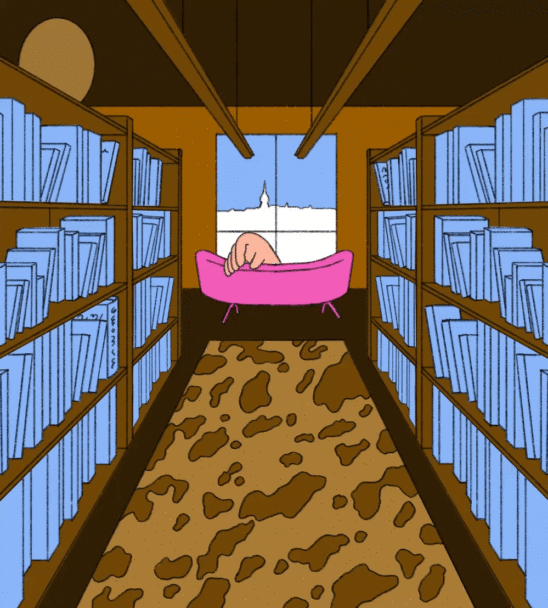
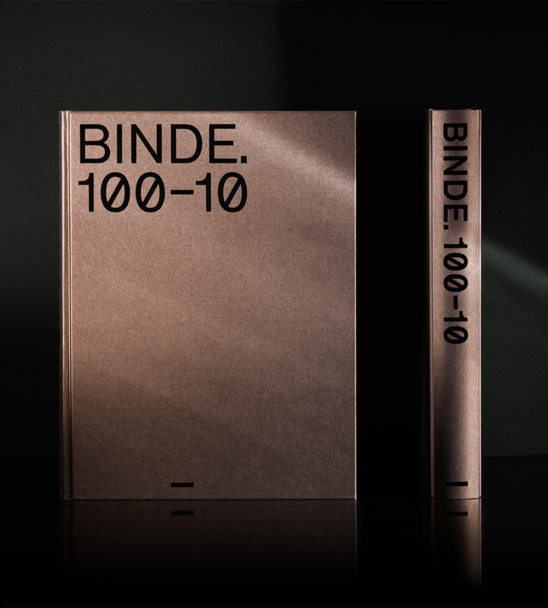
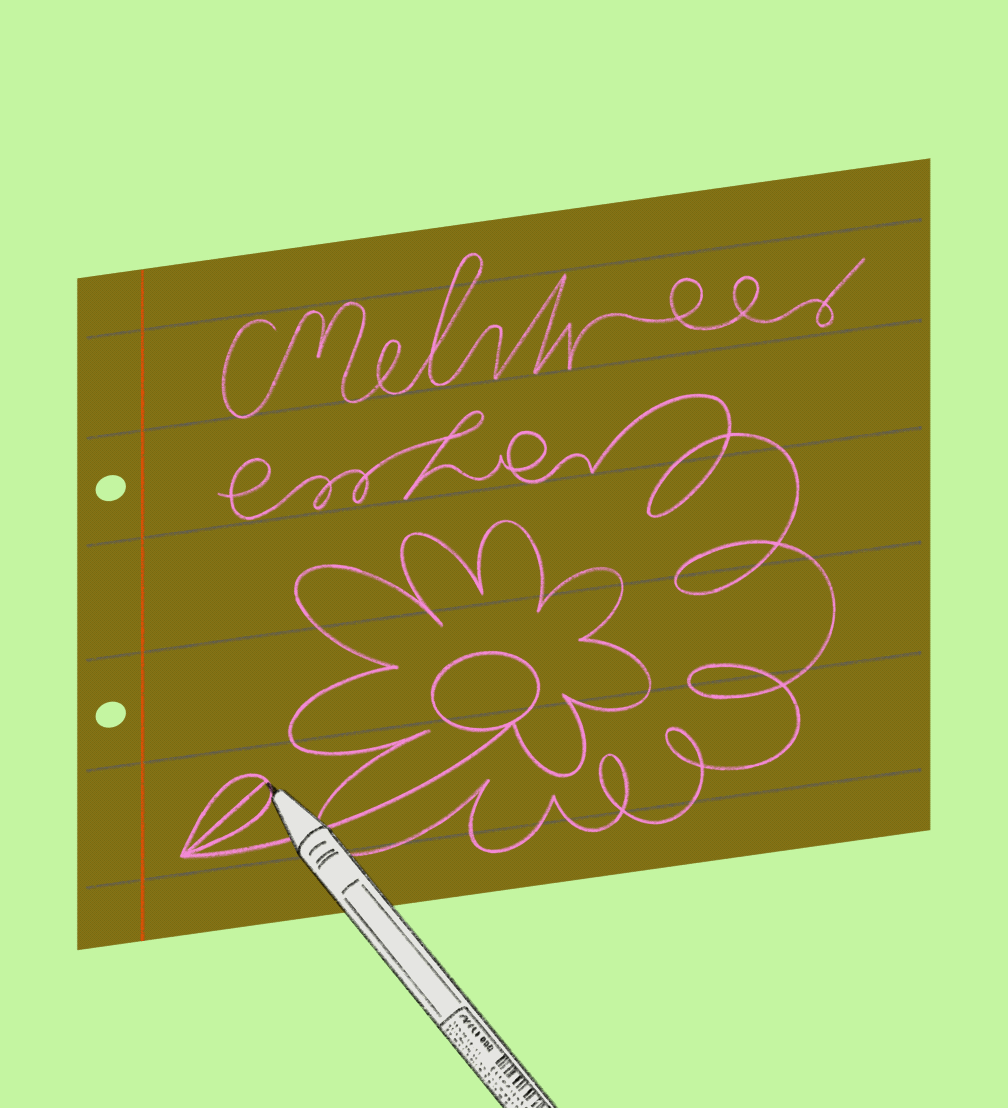
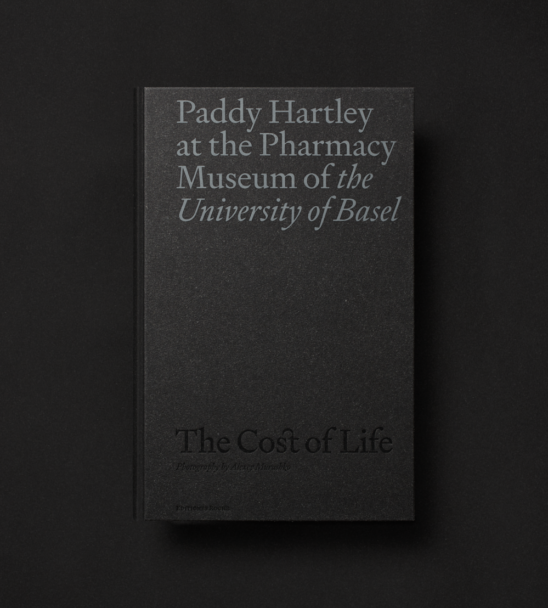
Viedokļi